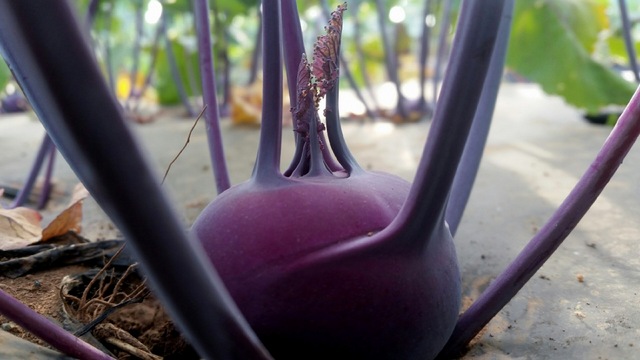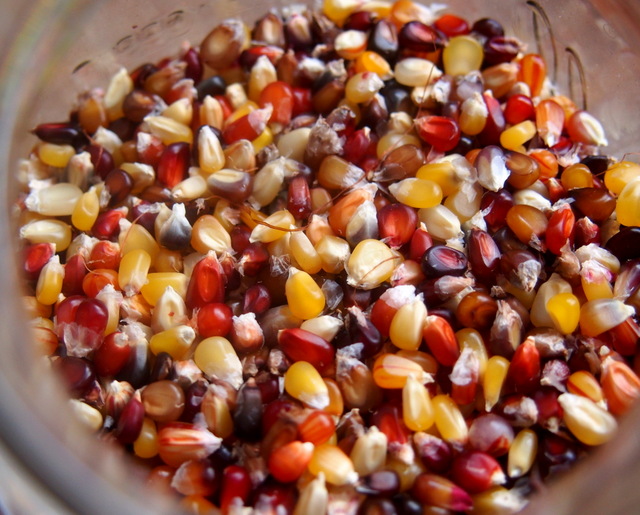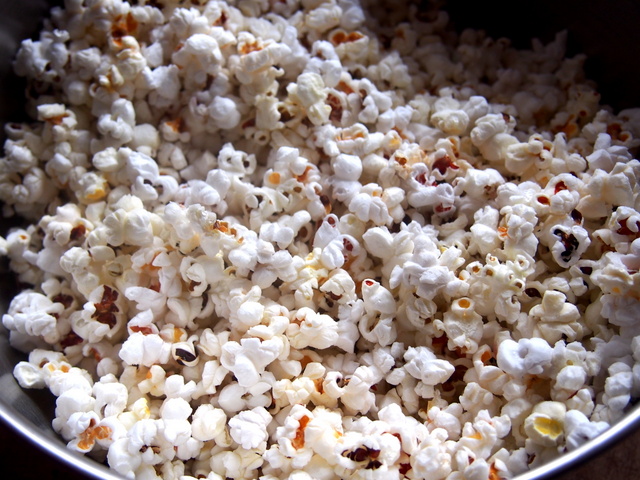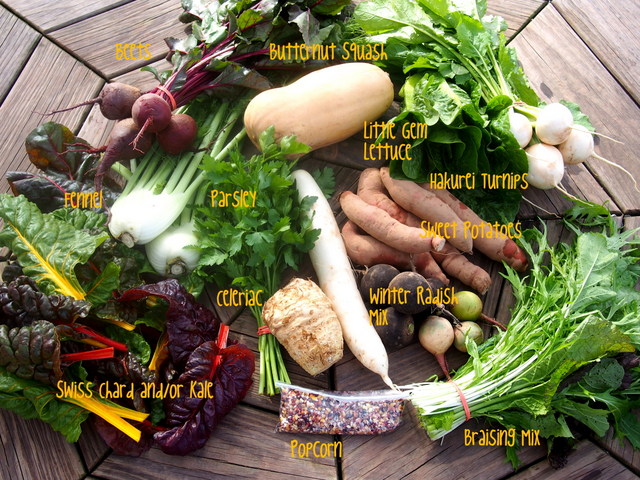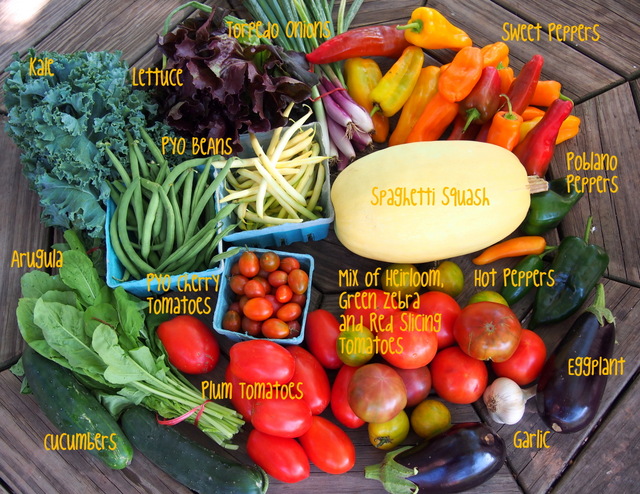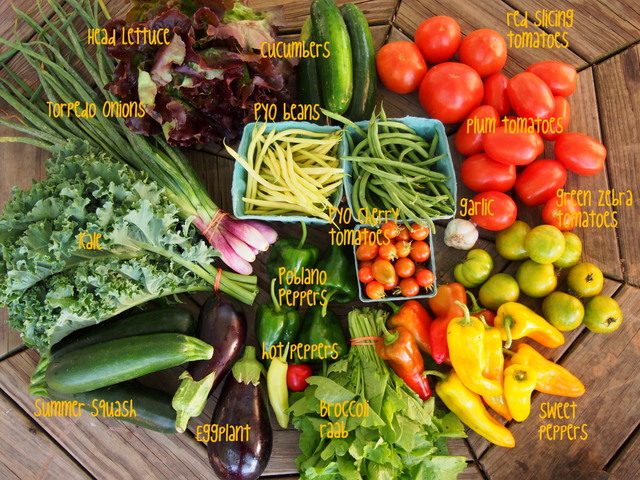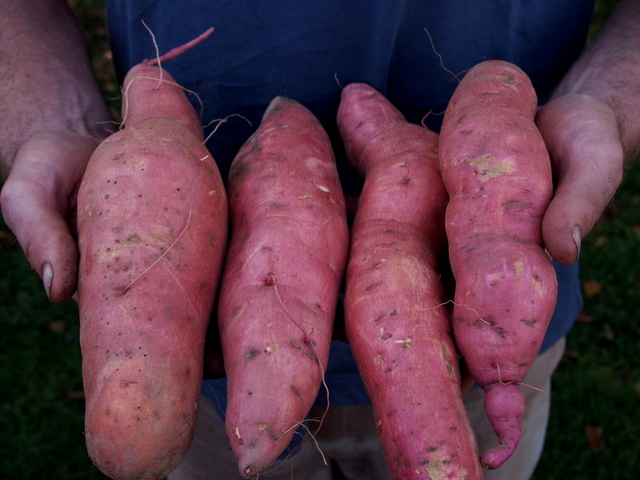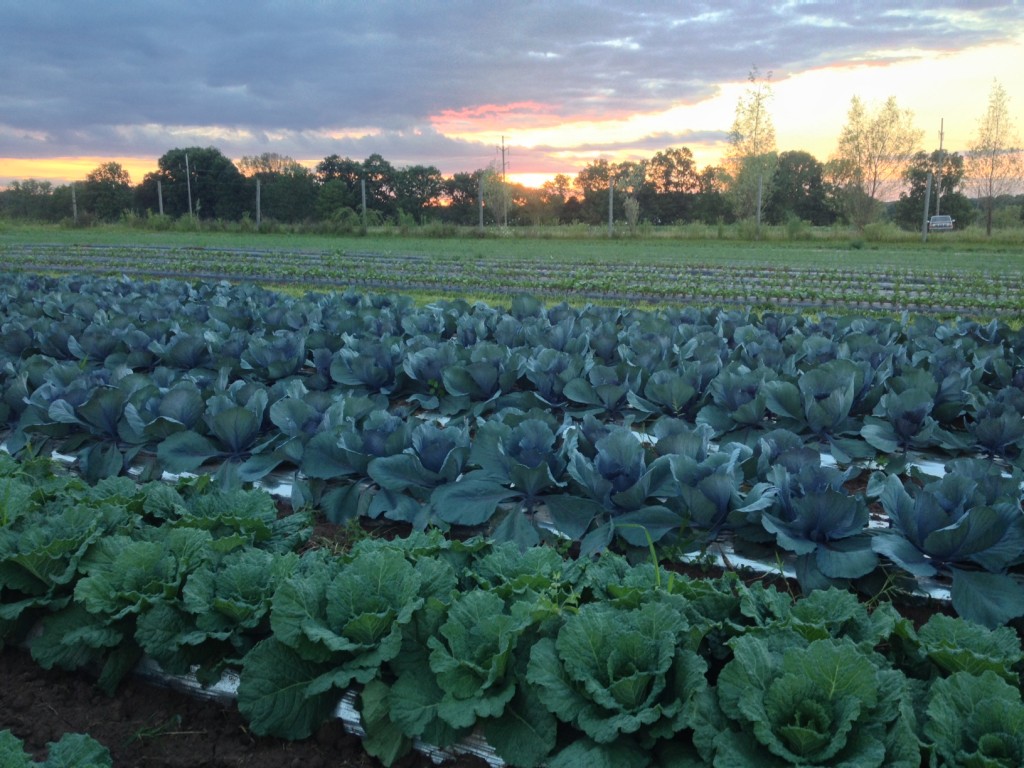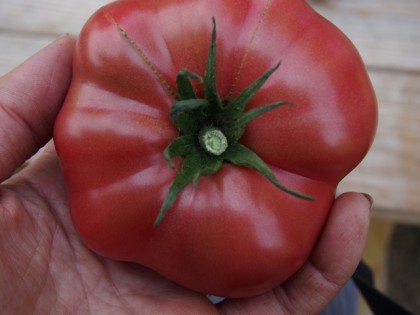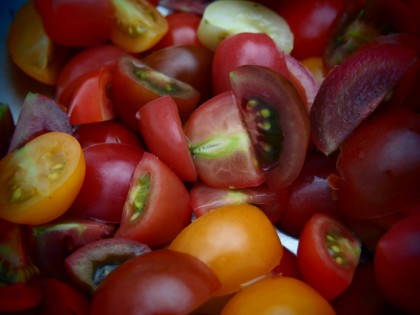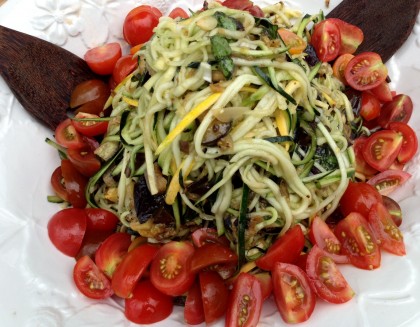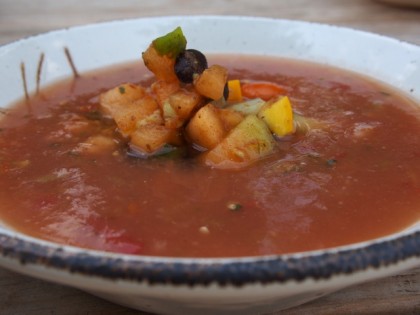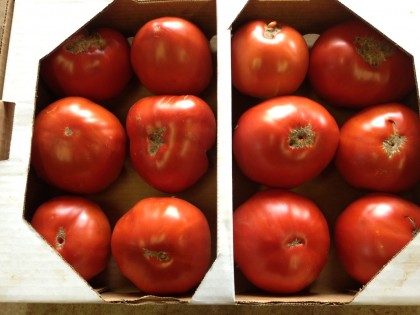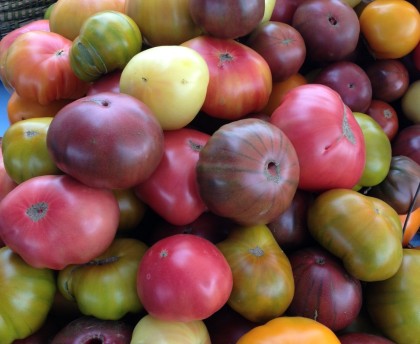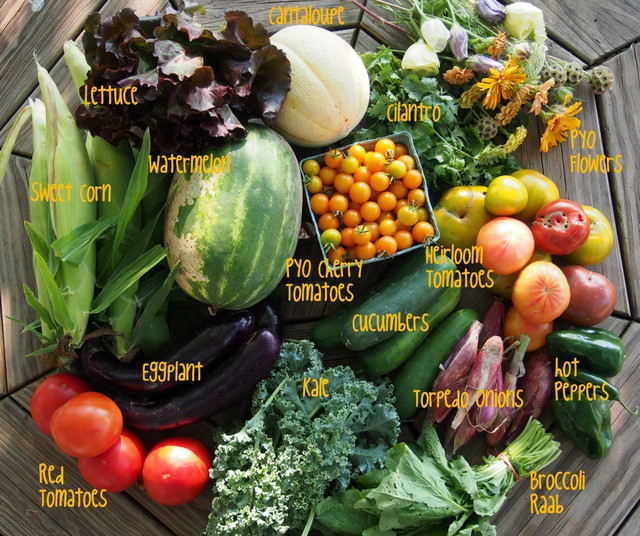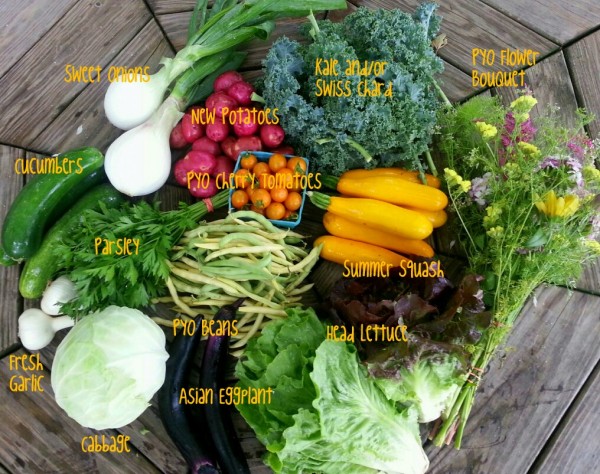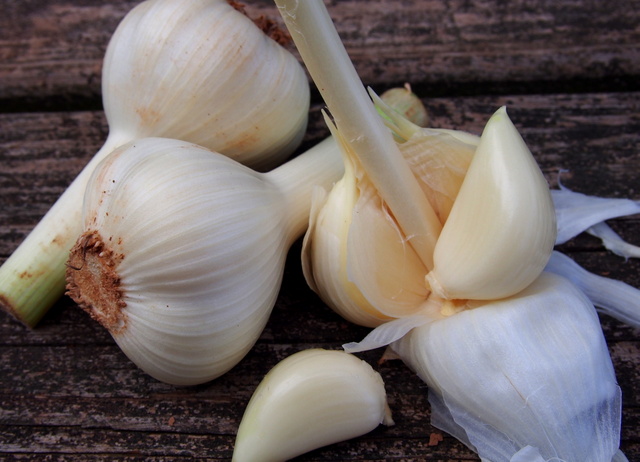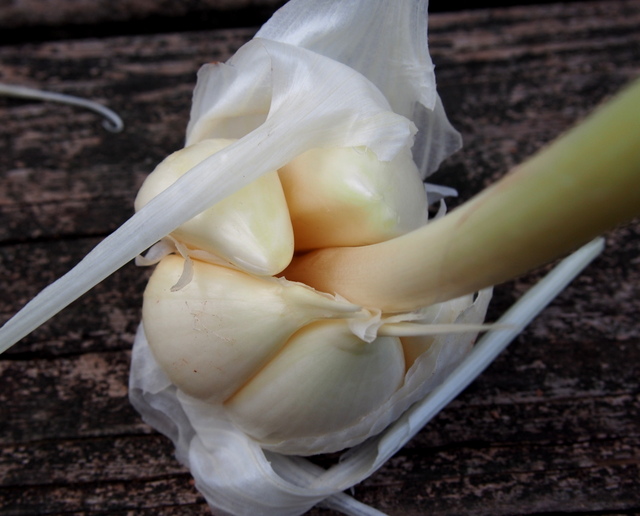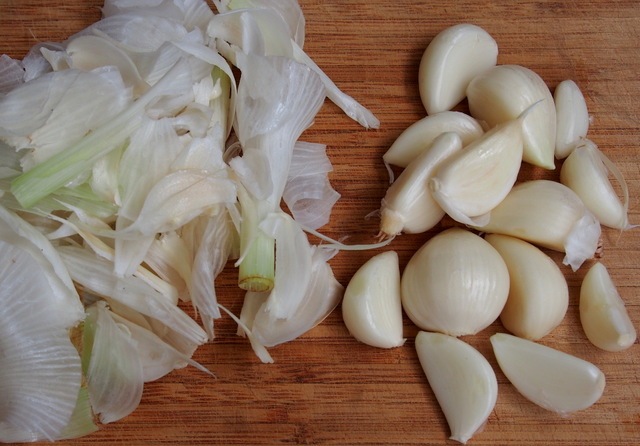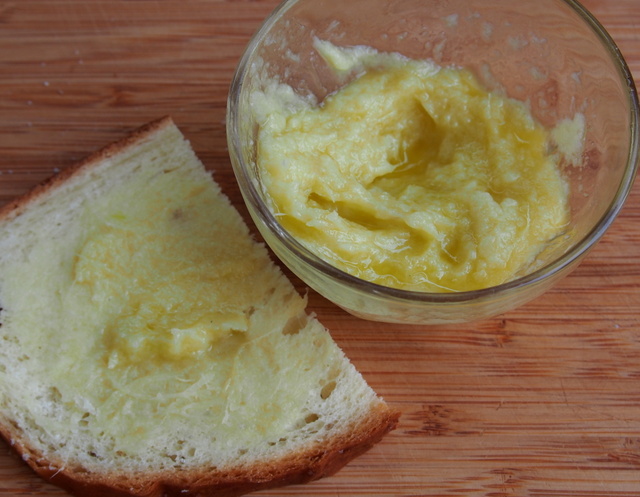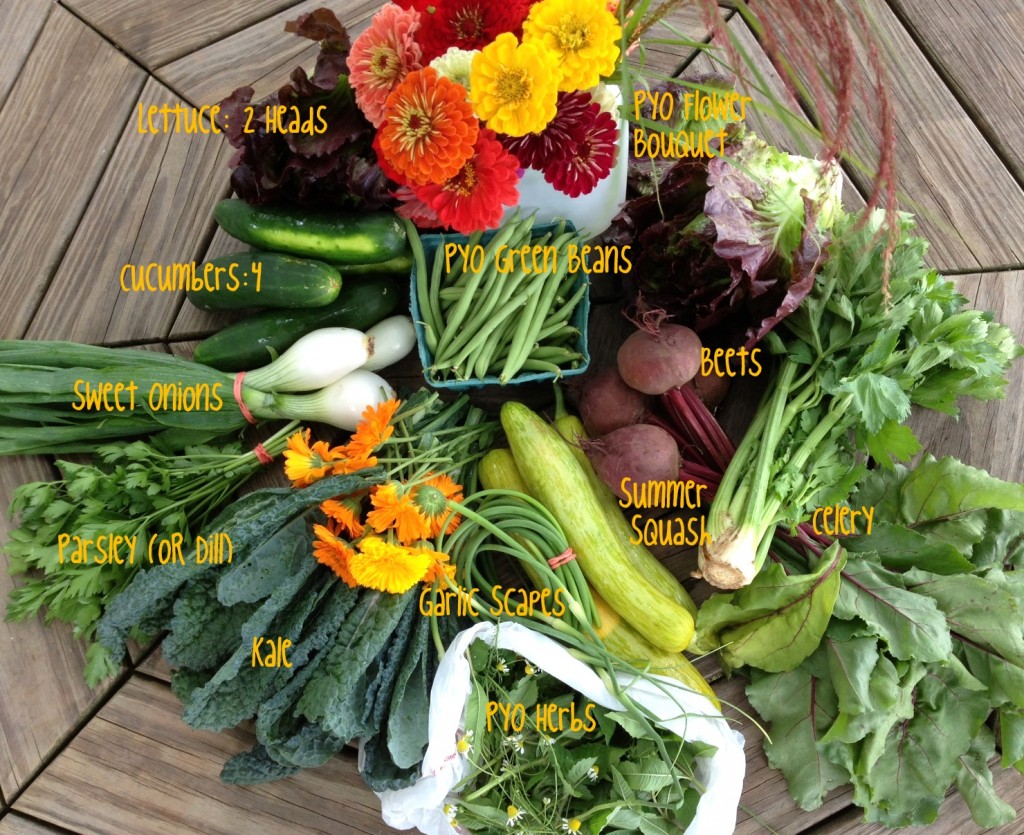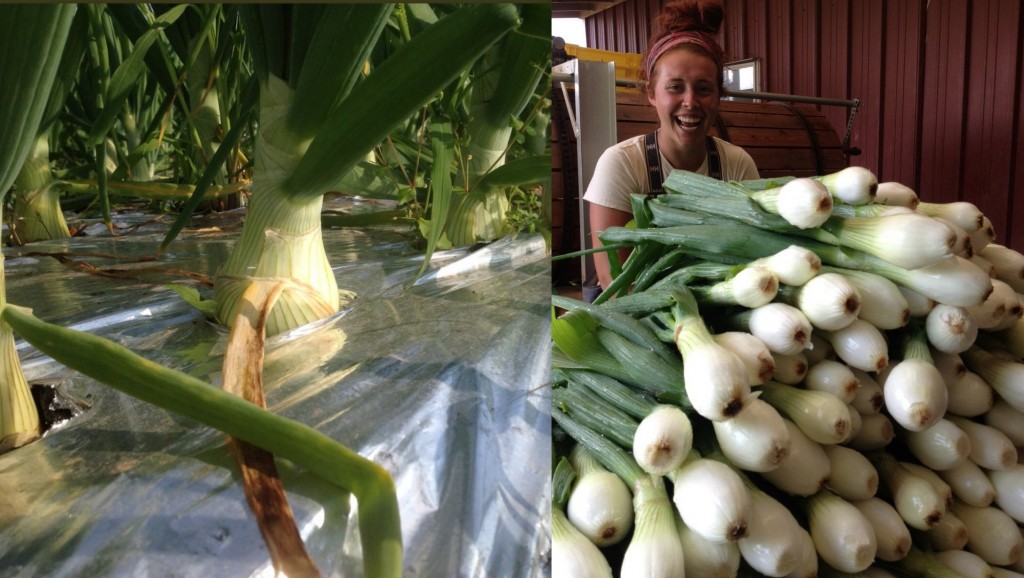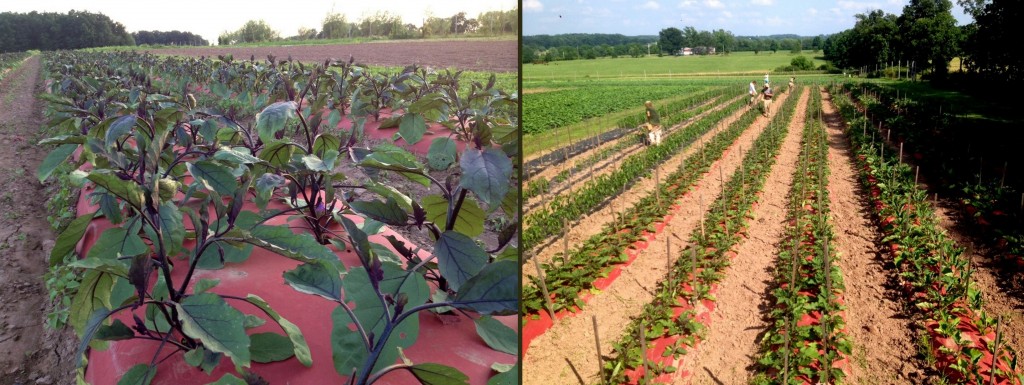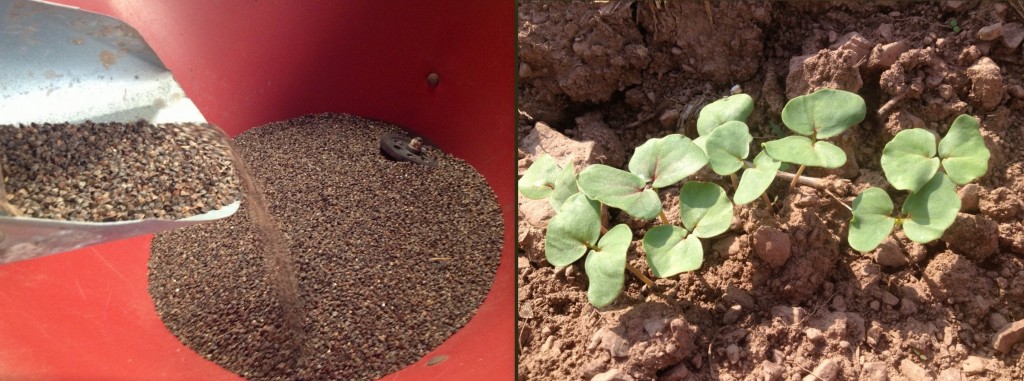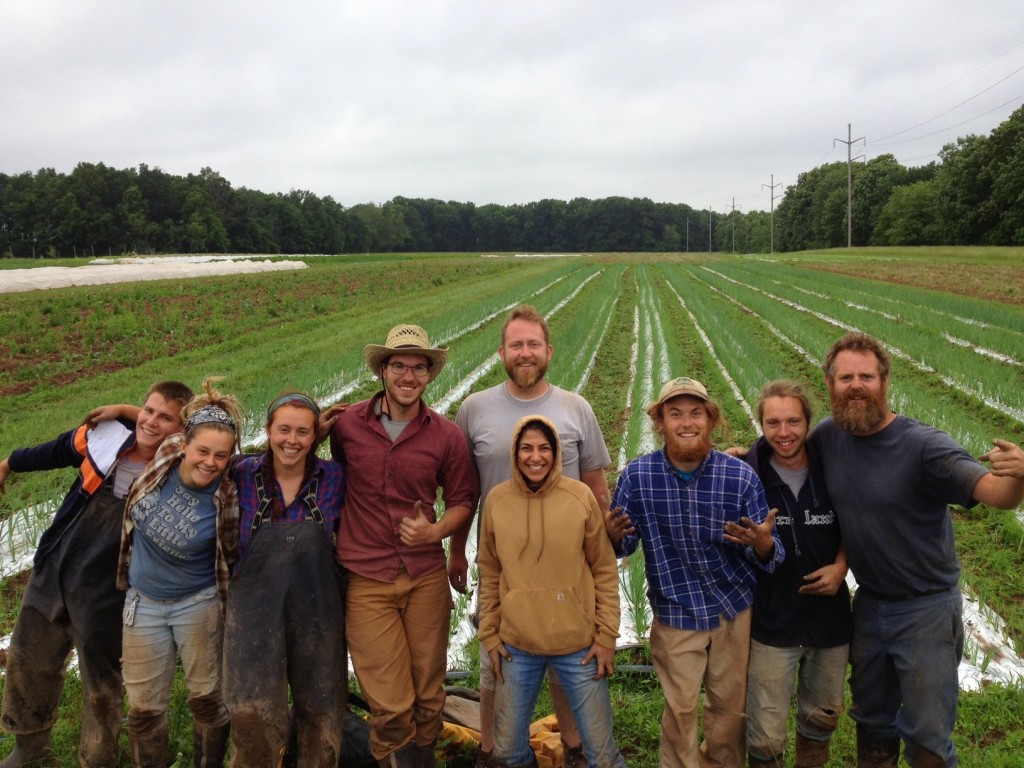24 Jun Summer Solstice
Summer solstice and the longest day of the year came and went this weekend. With the hot summer weather it has felt like summer for weeks, but now it’s official. By the solstice we have planted our last rotations of corn and tomatoes, for though it may be less noticeable to us, the plants know that we have rounded the bend and the daylight starts to wane a bit each day as we move closer to fall. In the propagation greenhouse we are already looking ahead to those cooler days by seeding our fall brassicas: broccoli, cauliflower, cabbage, kale and collards.
In the fields we are focused on harvesting, pulling weeds, and trellising tomatoes, while continuing with jobs like moving row covers, our best protection against the bugs that descend on our tasty plants. Another tool in our tool box of pest control is beneficial insects. We are starting to release trichogramma and pediobius wasps in our sweet corn and green beans to help battle the corn ear worms and bean beetles.
The summer crops are starting to appear in the share- cucumbers, summer squash, freshly dug red potatoes, and new this week, pick-your-own flower bouquets and green beans. Looking ahead, the cantaloupes aren’t far away- the fruits are sizing up steadily.
Just a few reminders about on-farm CSA pick-up: It takes us until 1pm to have your food harvested and washed and ready to go so please arrive no earlier than 1 pm. Pick-up starts at 1 pm and goes until 7:30 pm. Please pick-up your share in the distribution room by 7:30 pm so our greeter Sandi can start cleaning up at that point and be on her way for the evening. If you need to switch your pick-up day or week for any reason, please let us know by Sunday evening at 7 pm prior to the week you wish to switch. Cut flower harvest has begun, a favorite for many CSA members. Please bring your own clippers for harvesting flowers, and herbs- do not try to rip the plants in lieu of clippers. If you have not already, please read the CSA Rough Guide for more details on the pick-up protocol for on-farm pick-up. Thank you for your understanding and cooperation!
Post and photos by Tricia Borneman, Blooming Glen farmer and co-owner. Tricia and her husband Tom have been farming together since 2000. Blooming Glen Farm is entering its 10th season bringing high quality certified organic vegetables, herbs, fruits and cut flowers to our local community. Tricia is passionate about food, art and nature and the intersection and expression of all three.






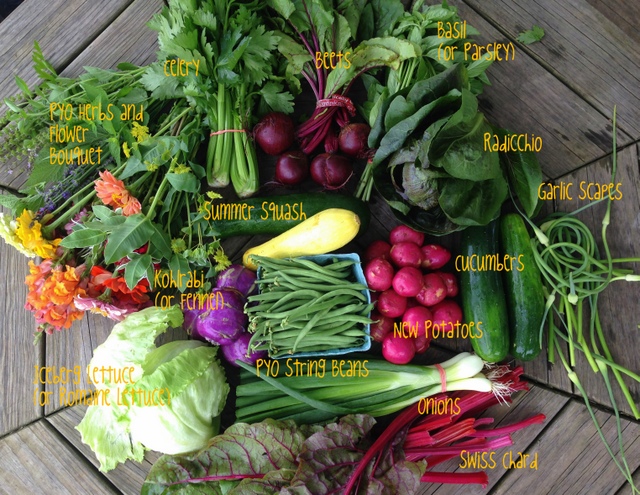

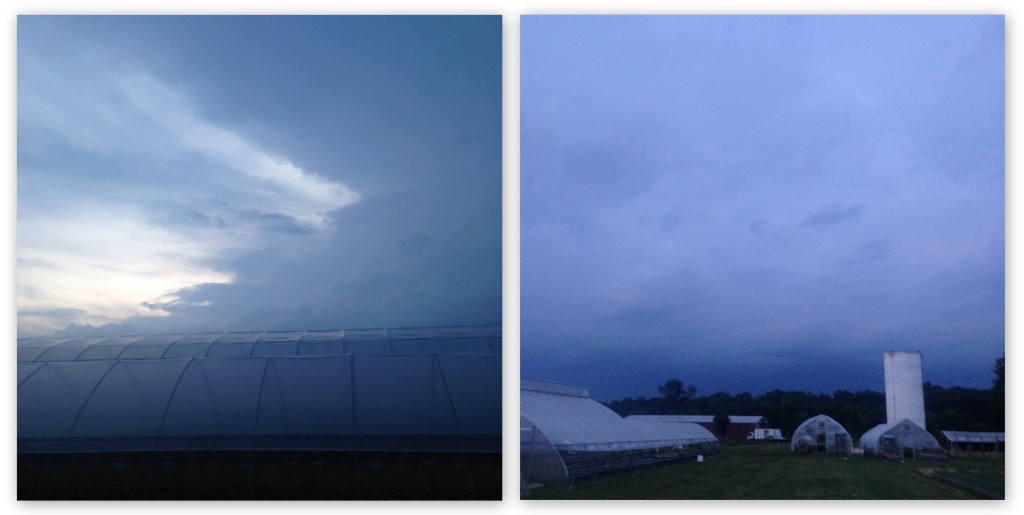



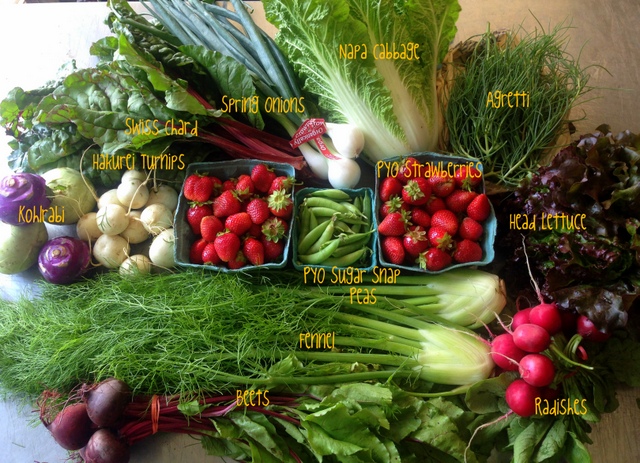
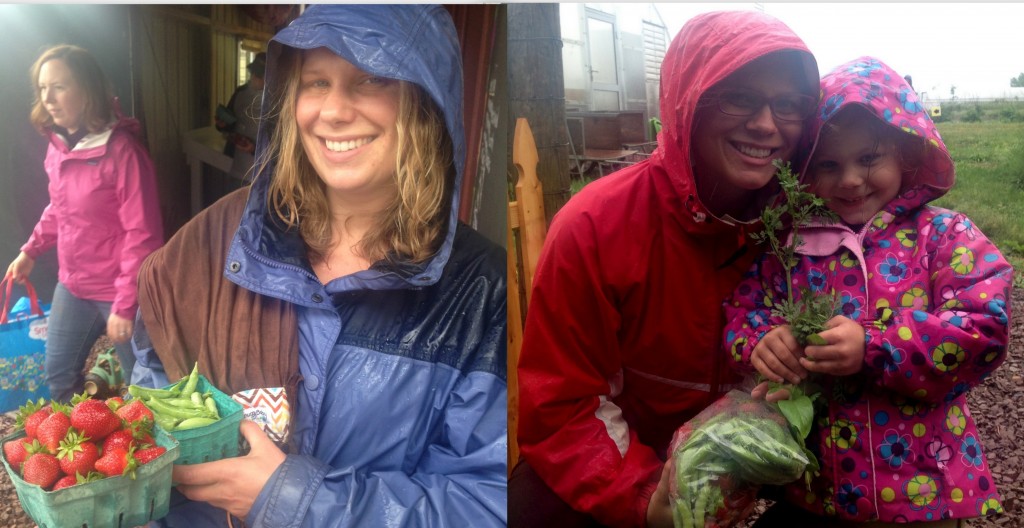 It’s always a welcome change of pace here at the farm when the CSA starts. It’s wonderful to see new and returning members- clad in their bright raingear this week!, and to witness the collective excitement for fresh picked veggies. We have committed to consistently growing spinach this season- so far we’re off to a great start. The share this week contains a variety of spring roots: french breakfast radishes, a milder yet still spicy radish, as well as hakurei turnips and kohlrabi (or as one of our crew members coined- “purple alien plums”).
It’s always a welcome change of pace here at the farm when the CSA starts. It’s wonderful to see new and returning members- clad in their bright raingear this week!, and to witness the collective excitement for fresh picked veggies. We have committed to consistently growing spinach this season- so far we’re off to a great start. The share this week contains a variety of spring roots: french breakfast radishes, a milder yet still spicy radish, as well as hakurei turnips and kohlrabi (or as one of our crew members coined- “purple alien plums”).